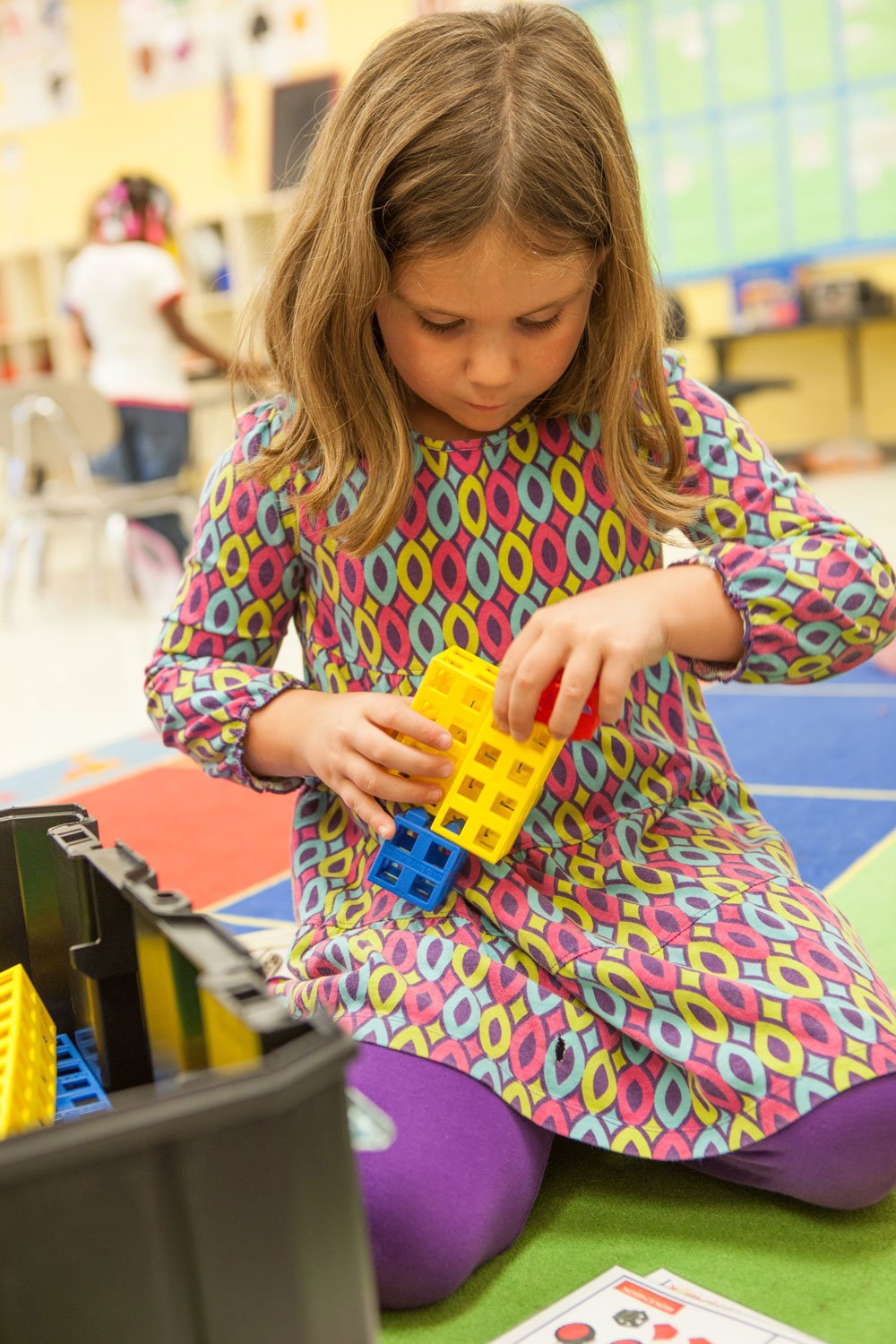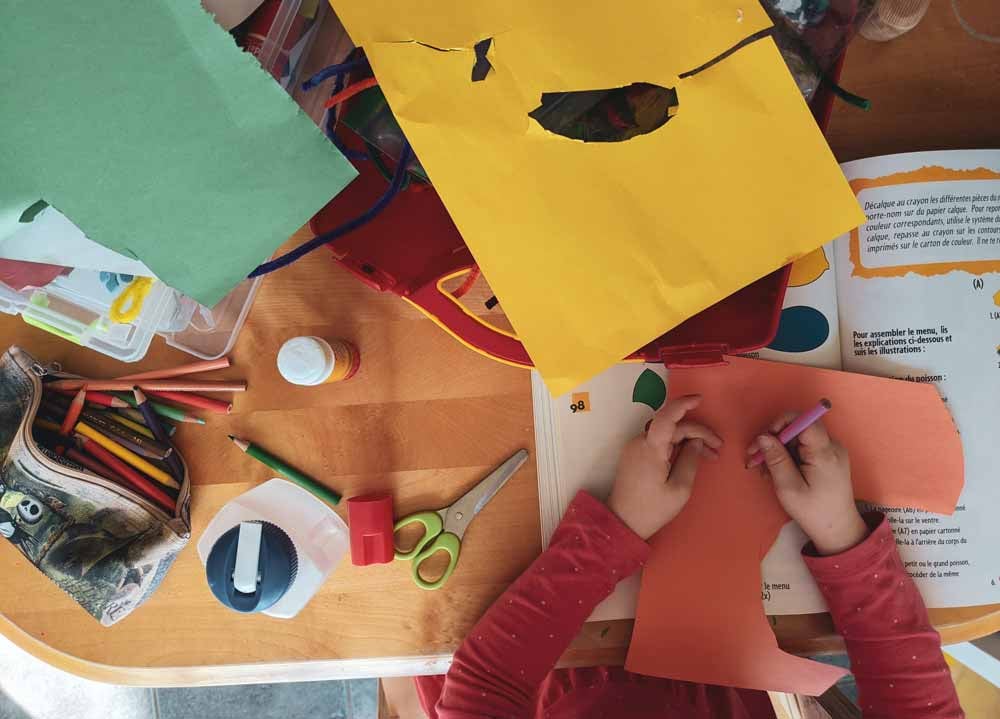
With already packed curriculums, we understand that for many schools it’s difficult to add additional opportunities for STEM into class time. That’s why we’re a big fan of STEM afterschool programs, because they give students opportunities to learn new skills while they socialize with their classmates.
That’s why at Kidspark Education, we’re happy to offer our programming for after school programs as well, so we can continue our mission of teaching children to love STEM, even when school is out of session. That said, we know it can be daunting for educational institutions to make changes to their after school programs. With that in mind, we’ve assembled this quick guide with all the benefits for adding a STEM-focused after school program.
1. Boosts Social and Emotional Skills
After School programs give students a chance to work and play together, while also learning important STEM concepts. This time working and collaborating with other students also gives them important social and emotional skills that will benefit them later in life. In fact, according to the Collaborative for Academic, Social, and Emotional Learning, social and emotional learning increased students’ academic performance by 11 percentile points, compared to students who did not participate. In addition, students that participated in programs focused on social and emotional learning outcomes “showed improved classroom behavior, an increased ability to manage stress and depression, and better attitudes about themselves, others, and school”.

These social and emotional benefits, along with gaining a lifetime love of STEM will equip students for success in all of their pursuits, throughout their lives.
2. Adds Time For Hands-On Learning
Giving children the time to do hands-on learning is foundational to not only child development, but in fostering a love of STEM for years to come. Having a chance to solve problems kinetically and work out solutions with their classmates, allows students to understand what they’re taught in a deeper way. For example, at a study at Purdue, researchers analyzed the learning outcomes of eighth-graders studying human impacts on water and water quality. Half of the students were taught using traditional methods and half were given the assignment to build a water purification device that showed that they understood the concepts. Melissa Dark, who led the study, explained their findings, saying that,
“In every area we tested, the students who were involved in a hands-on project learned more and demonstrated a deeper understanding of the issues than the traditional group. This is a significant finding because it proves that with some students — especially groups traditionally underrepresented in science and engineering — the book-and-lecture format may not be the best way to engage students in learning."
No matter what part of STEM students are studying, having that time for hands-on learning will help them understand the concepts even better. That’s why STEM labs are a key part of what we do at Kid Spark Education. These labs are equipped with a variety of reusable engineering materials that range from basic building blocks to programmable robotics.
After School students in various age groups can use these labs to come up with innovative solutions that build their problem solving, programming, and logical skills for years to come.
3. Prepares Students for Their Bright Future
Not only do after school programs in STEM teach students valuable lessons about concepts, but actually prepares them for a future in the field. At Kid Spark, we’ve found that learners are more likely to choose professional careers, regardless of gender, race, or economic background.
However, that isn’t the only benefit from STEM education. This education is important because through the integration of science, technology, engineering, and math, students develop a more deep and unique understanding of the world. STEM thinkers explore the world with curiosity, seek to understand how and why things work, and design technological solutions to improve our everyday lives.
Focusing on STEM also builds the following skills:
- Critical thinking
- Creativity
- Collaboration
- Communication
- Technology Literacy
- Leadership
- Flexibility
These are important skills for students no matter where they end up and will help them keep pace with the way the world is rapidly changing. The future is unpredictable, but education experts, business leaders, and policy makers agree that STEM equips students with the 21st century skills needed to be successful and productive members of society.
4. Supports Convergent and Divergent Learning
At Kid Spark Education we use convergent and divergent learning approaches to teach students different STEM concepts. We typically start with convergent learning, which is when all students study the same material, build the same model, and arrive at the same conclusion.

For example, we could give all students instructions to build a hammer with given materials. Through building a hammer, students learn the foundational STEM concept of how to make something strong by using a brace. Convergent learning ensures that all students gain foundational knowledge and experience success.
Once students are familiar with the basic STEM concept, they are ready for divergent learning. In divergent learning, students apply what they have learned by starting a design challenge that has a variety of solutions.
For example, after building a small bridge through convergent learning, students could be tasked to build a bridge that spans a long distance and will support the weight of several cars. Through this challenge, students will use their knowledge of how to make things strong and could come up with any number of successful bridge designs that meet the requirements of the assignment.
Starting with convergent learning and then progressing to divergent learning ensures students gain mastery of key STEM concepts. It gives students the opportunity to apply their knowledge in a way that builds problem-solving and critical thinking skills.
Convergent learning is an important equalizer in the STEM classroom. As you know, some students come to school with more background knowledge and fluency in STEM, while others have little or no experience. By explicitly teaching STEM concepts through convergent to divergent, you can make sure that all students gain foundational knowledge and can participate on an equal playing field.
Having an afterschool program with this framework will give all of the students in the program the opportunity to learn these necessary STEM skills, even if they’re not getting it at home or in the classroom. This will help students have an even brighter future.
5. Provides Opportunities for All Students to Grow and Learn
Afterschool programs can close the opportunity gap that many children and youth from underserved and underrepresented communities face. In fact, as this study from the Afterschool Alliance finds,
“of the 8.4 million children in afterschool programs, ethnic minority children are more likely than others to participate. 25 percent of Asian, 24 percent of African‐American, 21 percent of Hispanic, and 16 percent of Native American
children attend after school programs, compared to the national average of 15 percent. Furthermore, girls attend after school programs in equal numbers to boys. These participation data provide evidence that the afterschool setting reaches students from populations that are underrepresented in STEM fields and provides enrichment opportunities that can bring STEM alive for them”
At Kidspark Education, we help elementary and middle schools disrupt the pattern of educational inequity by providing STEM education early and consistently to all their students in afterschool programs and in class. By giving students of all backgrounds and abilities an equal chance to learn and love STEM, we are nurturing a next generation of successful professionals, bold thinkers, and passionate leaders.
Want to Try Adding Kid Spark Afterschool STEM programs?
Of course, these are just a couple reasons we love STEM after school programs. STEM education has so many benefits, it would be hard to list them all.
That said, if you’re ready to get started with Kid Spark Education for your afterschool programs, we’d love to talk to you further. We help schools and educational service providers disrupt the pattern of educational inequity by providing STEM education early and consistently for Pre-K – 8th grade students. By giving kids of all backgrounds and abilities an equal chance to learn and love STEM, we are nurturing the next generation of successful professionals, bold thinkers, and passionate leaders.
To get started, purchase a plan here. If you need help with grants or other solutions to help bring the power of STEM education to your classroom, you can learn more here.
.png?width=1270&height=453&name=Copy%20of%20Kid%20Spark%20Logo%20(Horizontal%20-%20Full%20Color).png)